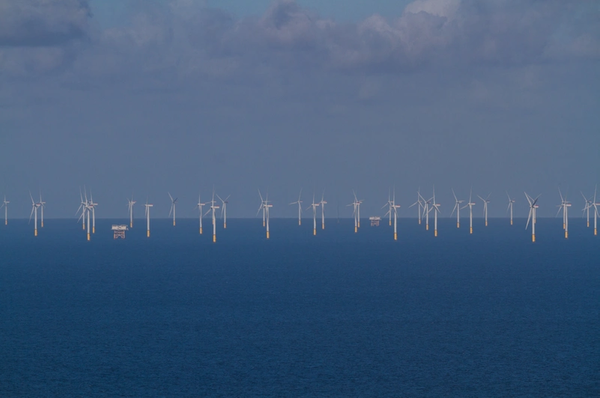
British energy regulator gave the go-ahead on Tuesday for up to 40 billion pounds ($53.4 billion) in spending by the country's energy network companies between 2021-2026, partly aimed at preparing the grid to deal with more renewable generation.
Under Ofgem's price control system, network operators present plans with their cost, which the regulator then assesses. The regulator also sets a profit limit.
The plans approved included spending of 30 billion pounds, which was 5 billion higher than an earlier proposal, without giving a precise breakdown of any projects this would cover.
In addition to that, it said 10 billion pounds would be used for future green energy projects, including expanding the grid to deal with a planned rise in installed offshore wind capacity to 40 gigawatt (GW). Offshore capacity is now about 10 GW.
Ofgem said there "is no limit on the additional funding that could be provided, subject only to companies making good business cases."
Ofgem limits the profit network firms can make, setting the rate of return on equity at 4.30%, up from an initial proposal of 3.95% made in July. Companies are currently allowed rates of return on equity of 6%-7%.
Britain's energy infrastructure is owned by several firms, including SSE, National Grid, and Iberdrola's Scottish Power.
By lowering returns and demanding more efficiency, the latest price control would deliver 2.3 billion pounds in savings for customers over the 2021-26 period, helping cut the average bill by about 10 pounds before inflation, Ofgem said.
Ofgem Chief Executive Jonathan Brearly said the package boosted clean energy investment and ensured network companies could deliver on Britain's climate change ambitions while maintaining system reliability.
Britain has promised to cut emissions by 68% over 1990 levels by 2030 and achieve net zero emissions by 2050.
Ofgem also announced 132 million pounds of funding for vulnerable consumers.
($1 = 0.7497 pounds)
(Reporting by Nora Buli in Oslo; Editing by Edmund Blair)



